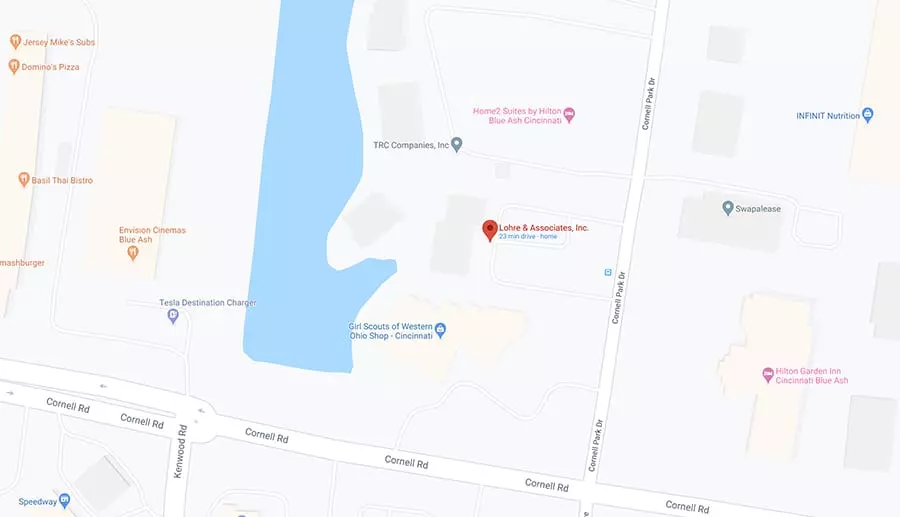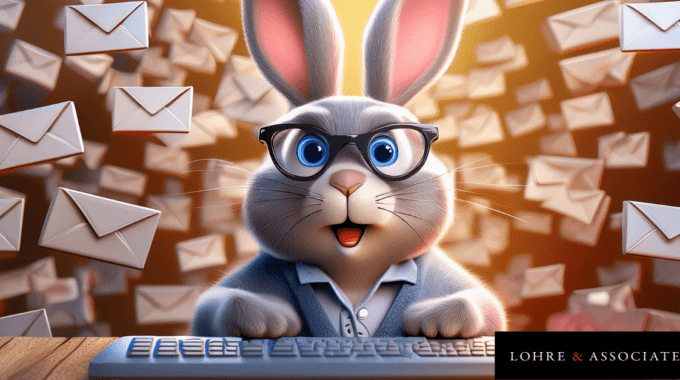Be intentional about including the following tactics in your new year marketing strategy As 2025…
How to Create Emotional Industrial Marketing Ideas
Question, How do you write great B-to-B copy that changes behavior?
This post was inspired by a discussion in LinkedIn by
To answer Robin’s question, I’ll use examples of work we have done and are particularly proud of the results they achieved. You can’t just write B2B copy, it has to have a visual, as well. The classic advertising layout is still relevant for the small screen.
Abe Bellini, I agree that you can’t write marketing material without intimately knowing your audience.
This ad “connects” with the viewer because it contains a human hand. The connectors on the fingers make you think about why they are there. Are they hurting the hand? What are they doing there? Adding a body part into an ad is like adding a person. It’s also one reason testimonials are successful when there’s a photo of the person, looking at you, telling their experiences. If the story is good enough, your opinion will be changed.
Paul McDevitt, I agree about the need for deep understanding. We spend time in the customer’s factory and their show floor.
Why does this ad evoke a visceral reaction? No one likes a messy job. Here’s a solution. And then, there are those hands again! You only have a few seconds to introduce the main benefit and visual that backs it up. The double entendre, from something that you can hold in your hand to a push-button effort, always helps develop the main visual and headline for process equipment marketing. Your brain looks at it like a riddle. And who doesn’t like trying to solve a riddle?
Sharon Drew Morgen, We can’t get too detailed in an ad, but the audience knows when we have hit the mark. I agree with your deep dive; it’s needed to close a multi-million dollar sale.
This is one of the most humorous ads the agency has ever produced. It was fun to do and started out as a takeoff on the Splice Girls, but the lawyers said we had to make it a parody. So out went the attractive young ladies, and in came the electrical construction workers dressed in drag. Those husky models were a bit surprised at the costumes we had for them! Like other successful ads we’ve done, it was immediately ripped out of the publication and stuck on the company billboard with callouts of the likely suspects in the company identified! It’s the print equivalent of going viral.
Amanda Shaw, This dead cow, identifies the pain point. Too bad it’s for real.
This is the most “graphic” ad the agency produced and so were reactions. Some people really didn’t like it, but most were amused, and everyone remembered it. Phone calls to the client (immediately after publication) complained it cast the industry in a bad light. (The rendering business is in the business of reducing carcasses to pulp for further processing.) This ad style is hard to pull off. Industrial marketing’s job is to tell a simple story with a benefit, not to polarize the market or give the viewer any reason to go elsewhere. If you can’t be funny, memorable and educational in industrial advertising, you’re on thin ice. Negative ads almost always backfire in B2B. Your local TV news is all about bad news; social media is about good news. Read more about that effect in The Economic Times.
Thanks for the inspiration. This is a great group.
If you liked this post, you would like, “I Don’t Have Anything To Say … (about My Industrial Marketing).”



